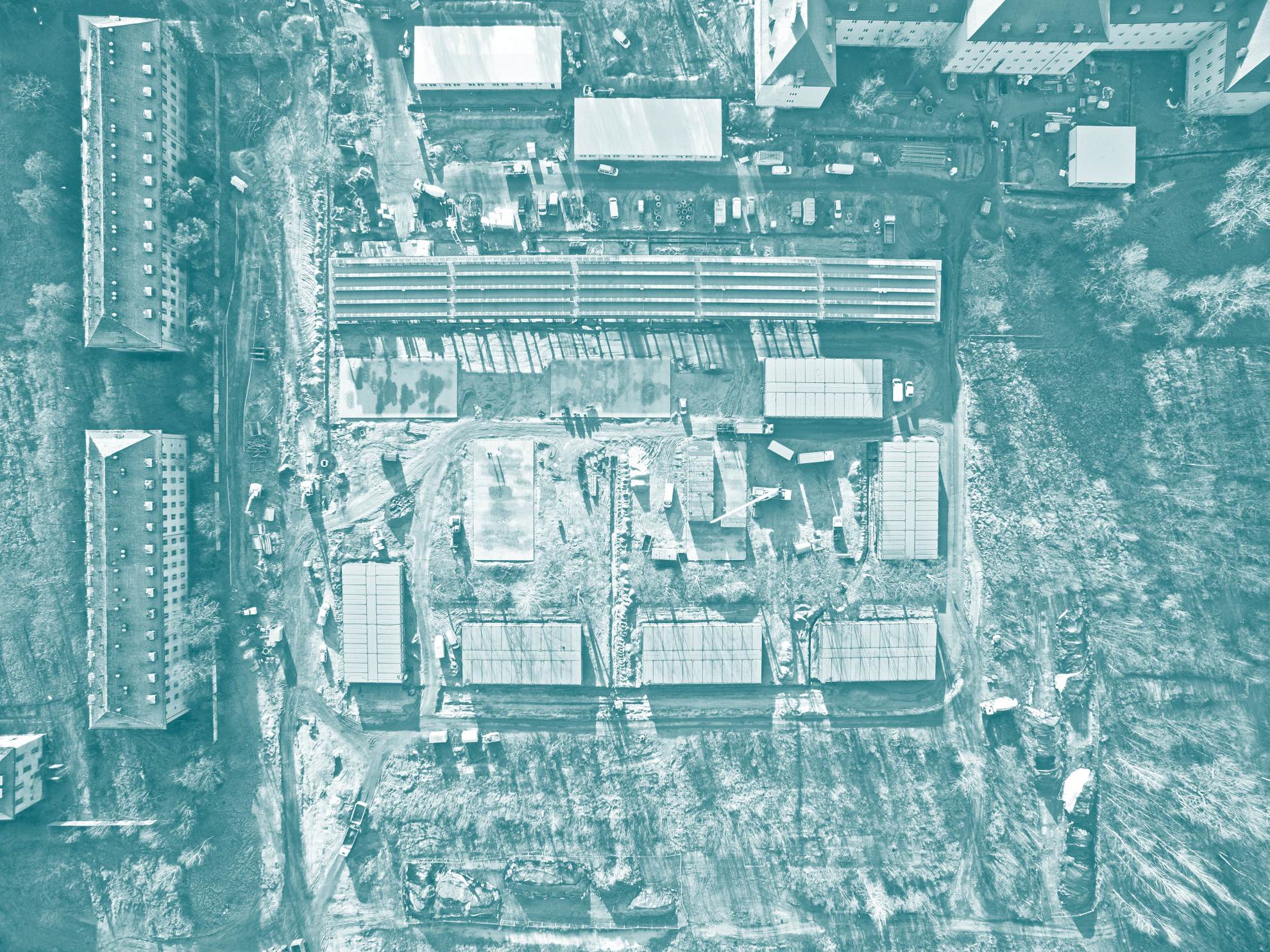17 June 2021 15:20 Colonizing Space and Time
Networks, Data, Colonialism: Spatialised Bureaucracies at the India Office, 1867
Matthew Wells (ETH Zurich)
“The electric telegraph has saved India”, declared Robert Montgomery, the judicial commissioner of the Punjab, following the conclusion of the First Indian War of Independence in 1857. What Montgomery meant of course was that the telegraph had saved India for rather than from the British. In the aftermath of the rebellion the British Government took over direct control of the country. New telegraph lines and stations were constructed both within India and across the globe. Communication between the main urban centres of Asia and Europe, which had previously taken a week, now took only a matter of hours. Colonial control could now be synchronised in a manner that had hitherto been unimaginable.
In London a new government department, the India Office, was formed. The primary setting for this administration was a grand Italianate building overlooking St. James’ Park in Westminster, designed by George Gilbert Scott and Matthew Digby Wyatt and built between 1862 and 1867. Several generations of architectural historians have discussed the design of this complex of government offices as representing a key moment in cultural debates around the suitability of the Neoclassical and Gothic Revival styles for “British buildings”. Rather than fall into these stylistic tropes, my paper will re-examine the India Office as a spatial bureaucracy. The building’s primary function was the organisation and distribution of vast amounts of information related to colonial governance. The mechanics of moving the varied types of communication and paperwork necessary for this task was the main concern for the architects and colonial administrators. Through primary sources that include diagrams, the memoirs of clerks, and internal memoranda, I will analyse the design of networks and new technologies (electricity, speaking tubes) in the building. These show how the programme of the building was conceived as a server-like machine capable of circulating data between individuals, throughout the complex, and across the world.
Matthew Wells teaches the history and theory of architecture at the gta Institute, ETH Zurich. He studied art history at the Courtauld Institute of Art and completed his doctorate at the Victoria & Albert Museum and the Royal College of Art. His writing focuses on representational techniques, environmental technologies, and professionalism in the built environment of the 19th and 20th centuries. He was awarded the Theodor-Fischer-Preis in 2019 and commended in the RIBA President's Awards for Research in 2017. His first book, Survey, will be published by Park Books and Drawing Matter in Autumn 2021. A second book, Modelling in the Metropolis: Architectural Models in Nineteenth-Century London, based on his doctoral research, is in preparation.
